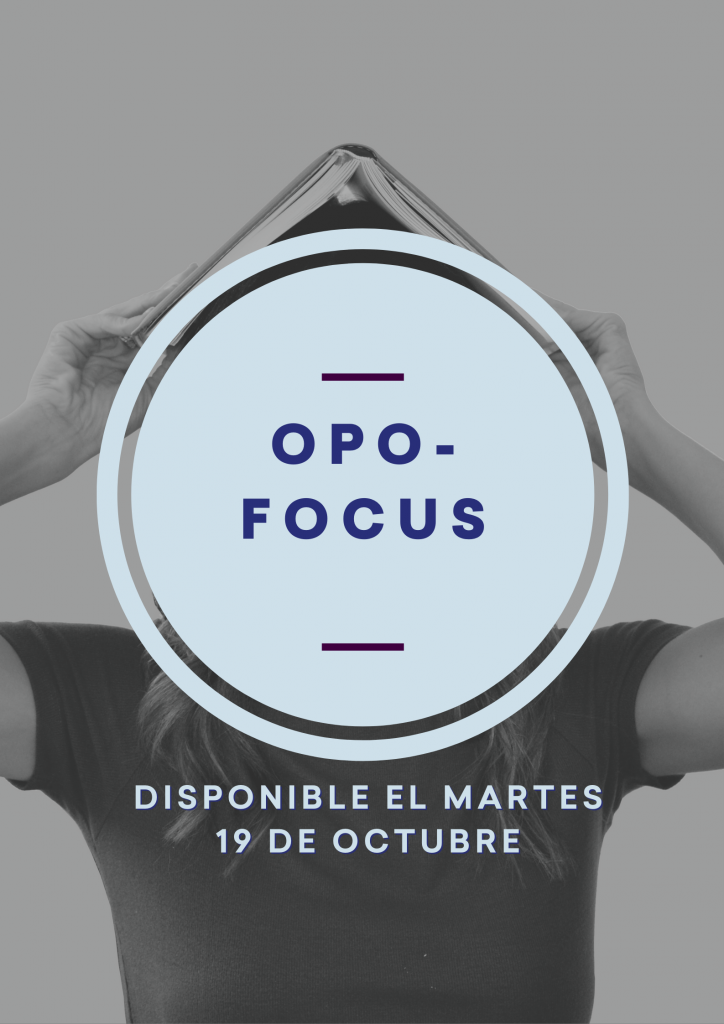

Namely, the short work sessions that are a set amount of time breaks down seemingly overwhelming projects into reasonable chunks. There are a few key reasons why this technique has worked for so many years and many different people. After four intervals of sprints and breaks, it's usually suggested to take a longer break such as fifteen to twenty minutes so you can maintain your stamina and energy over time. Additionally, if you need to check in with your team or family you can do so on a regular basis during your five-minute breaks. These short work sessions battle the usual fatigue that can come from trying to focus for a longer marathon session. Then come back and complete another short work session. Completely get away from your workstation or desk so that you can make the most of your short break. By only committing to focus for a set amount of time that isn't very long you counter the usual procrastination excuses such as not having enough time or not knowing what to do.Īfter the first 25-minute work session you then set a shorter timer such as five minutes and walk away from your work at hand. You set a timer for a set period, usually 25 minutes, and then get to work. The main concept that sets Pomodoro apart from the rest of the crowd when it comes to productivity is the focus on short work intervals.

The concept is simple but it can drastically change the way you focus and stop procrastinating when it comes to your to-do list.

Pomodoro technique is a time management productivity hack that has helped thousands of people to get more done. Let's dive into what that is and how it can help you focus today. If that describes you then you need to check out the Pomodoro technique and the Pomofocus app now. Did you know that procrastination habits are on the rise? In fact, a Calgary professor found that 39% more people now identify themselves as chronic procrastinators.


 0 kommentar(er)
0 kommentar(er)
